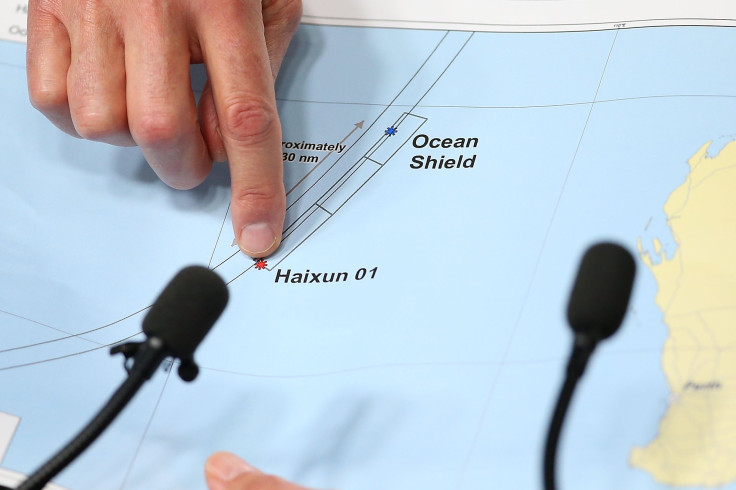Flight MH370 Update: Engine Cowling Debris Was Found Months Ago But Abandoned Because ‘It Stank’

A South African doctor discovered, and then abandoned, a piece of debris linked to missing Malaysia Airlines Flight 370 months ago because of its odor, he told Netwerk 24 last week. Schalk Lückhoff, of Knysna, recently revealed that he found a piece of wreckage on the beach near Mossel Bay in December but didn't think it was important due to its condition, according to an article surfaced by NBC News Tuesday.
"I was really busy," he told Netwerk 24 in Afrikaans, according to a rough translation. "The piece caught my attention because it was the only thing on the bare expanse of sand. It stank because of the decaying barnacles, so I did not deal with it and took a casual photo."
Because it was "full of sand and mussels," Lückhoff left it on the shore. He thought maybe it was part of a bulletin board. But when he read a news article about a similar piece of evidence being examined in connection with MH370, he brought the photo to authorities.
The Australian Transport Safety Bureau confirmed in a report Tuesday the debris in question — identified as part of an aircraft engine cowling stenciled with the Rolls-Royce logo — was "almost certainly" from MH370. Archeologist Neels Kruger had resurfaced the wreckage in March.
The bureau said it planned to continue analyzing the marine life attached to the cowling, as well as part of a panel from the cabin. When it finishes, it will turn over the debris to Malaysia.
Photograph taken 23 Dec 2015 showing #MH370 debris significantly colonised by barnacles. Source: Schalk Lückhoff. pic.twitter.com/O3JO0lRhpy
— ATSB (@atsbgovau) May 24, 2016
MH370 vanished in March 2014 en route from Kuala Lumpur to Beijing. All 239 people on board are presumed to be dead, and the plane itself is thought to have crashed in the Indian Ocean. An exhaustive scan of the seafloor for evidence hasn't turned up anything, and that search effort could be ending soon. Investigators have swept more than 105,000 of the 120,000 square kilometers they plan to check for wreckage.
"In the absence of credible new information that leads to the identification of a specific location of the aircraft, governments have agreed that there will be no further expansion of the search area," they wrote in a news release last week.
© Copyright IBTimes 2024. All rights reserved.












